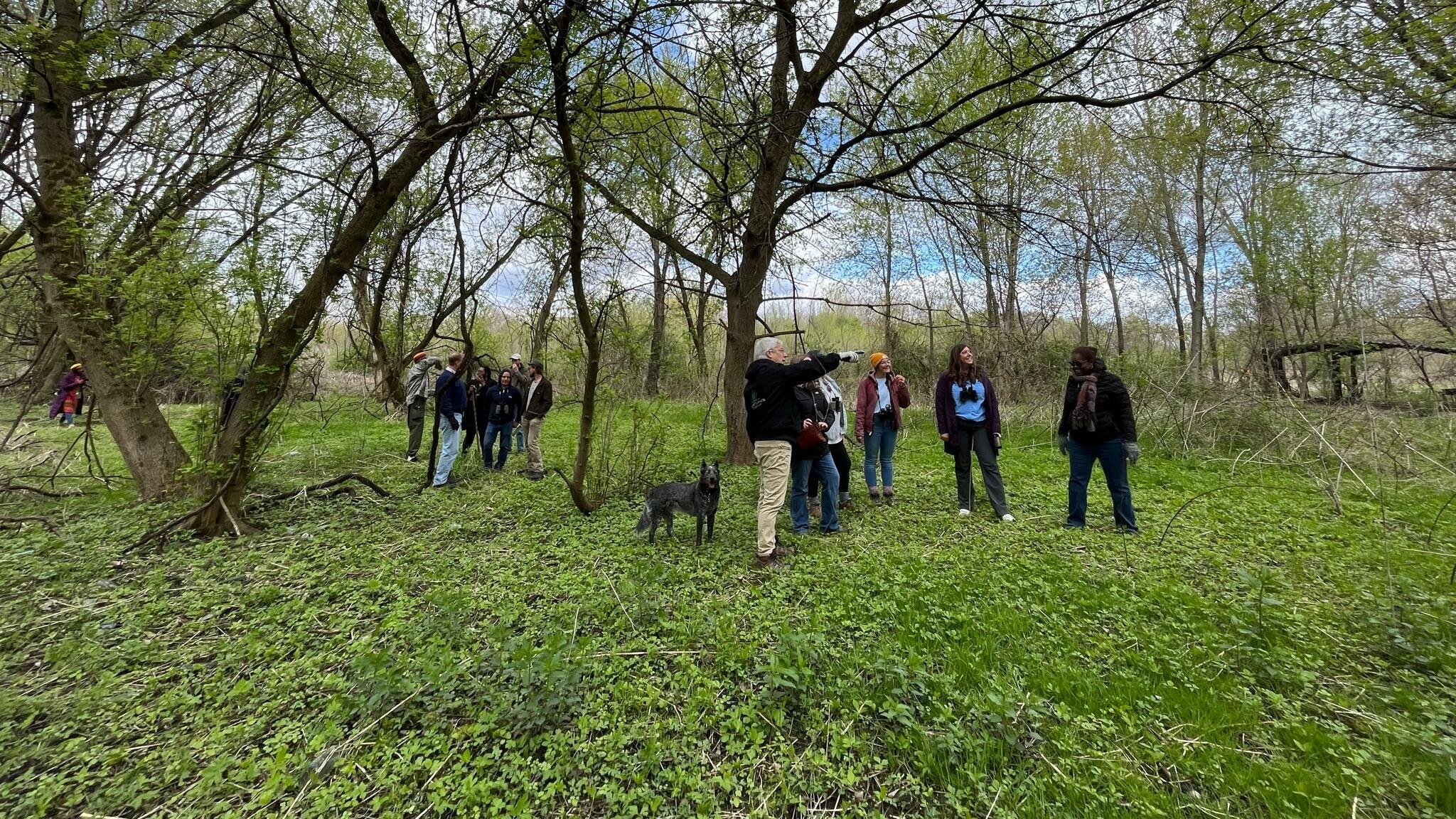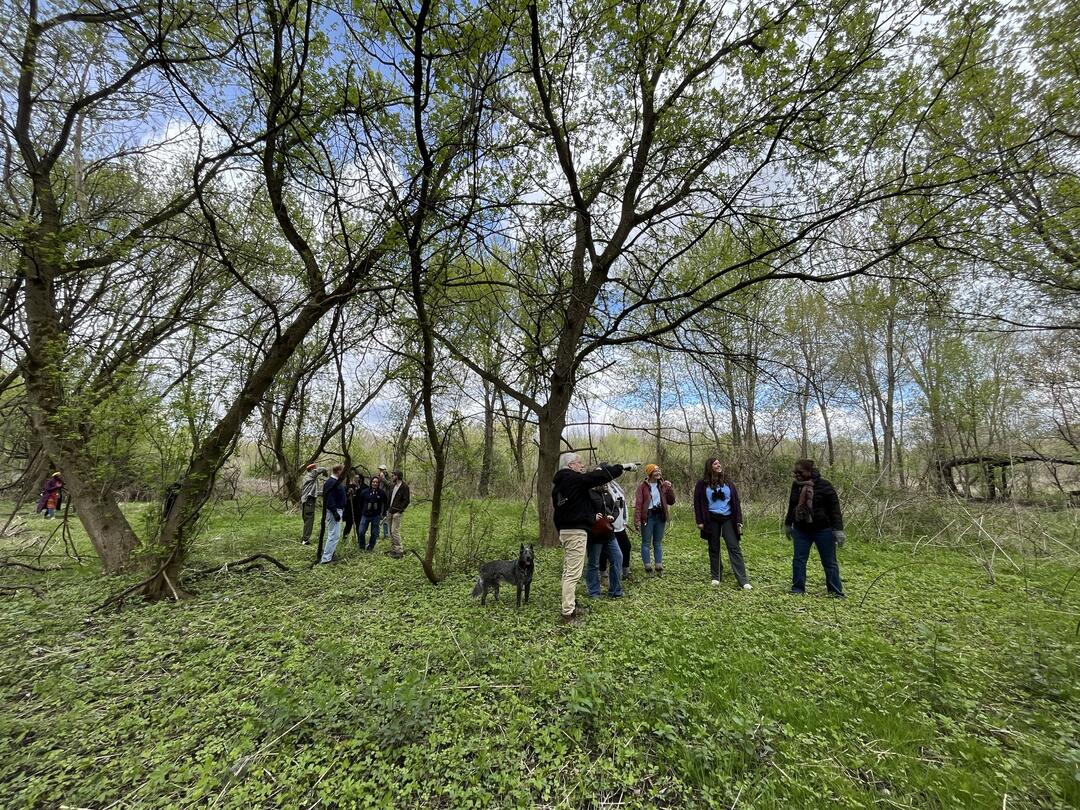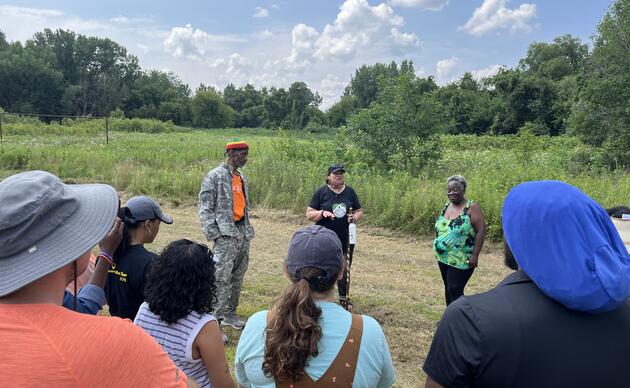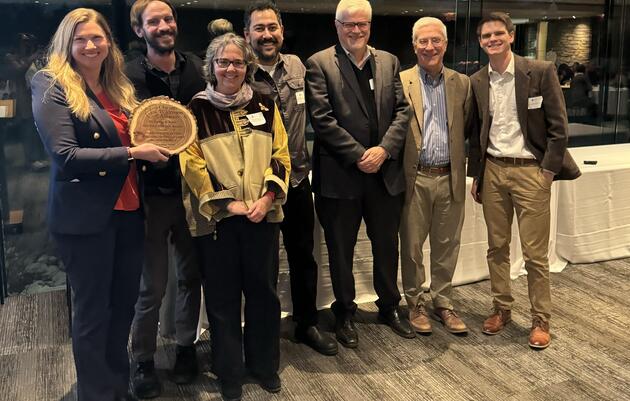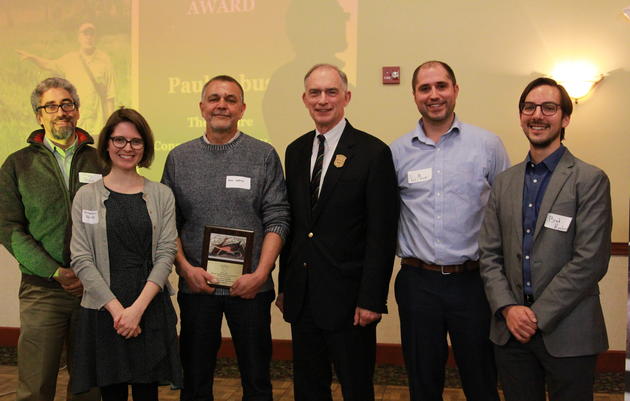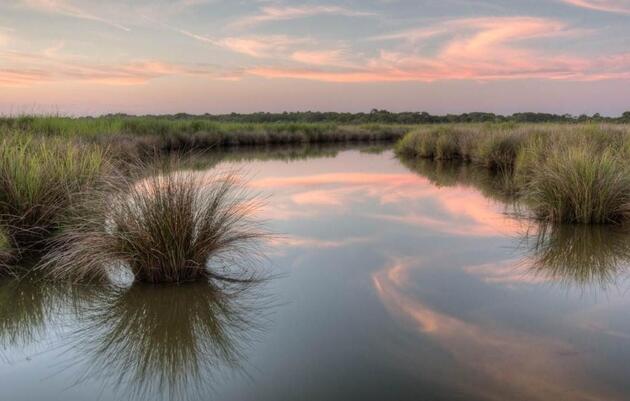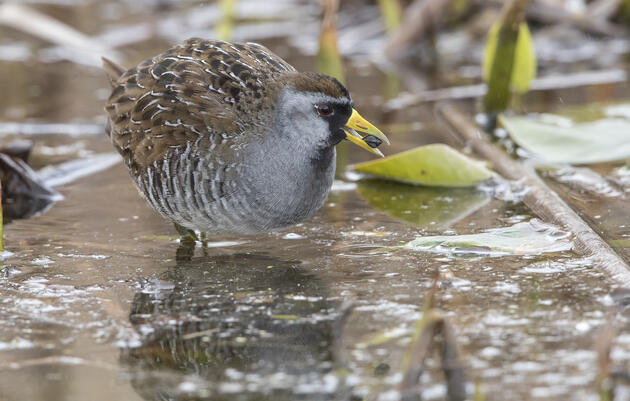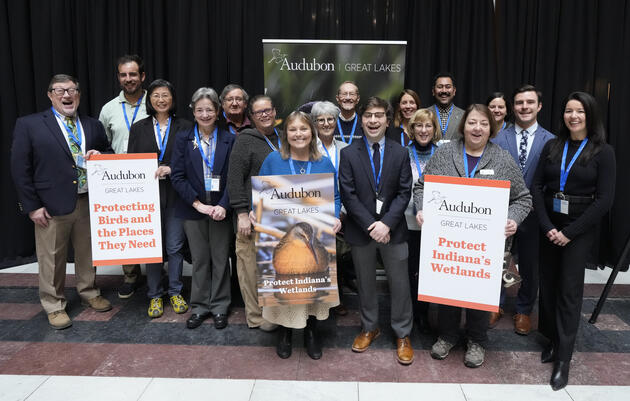About the Hatcher Park and Marshalltown Marsh Restoration Project
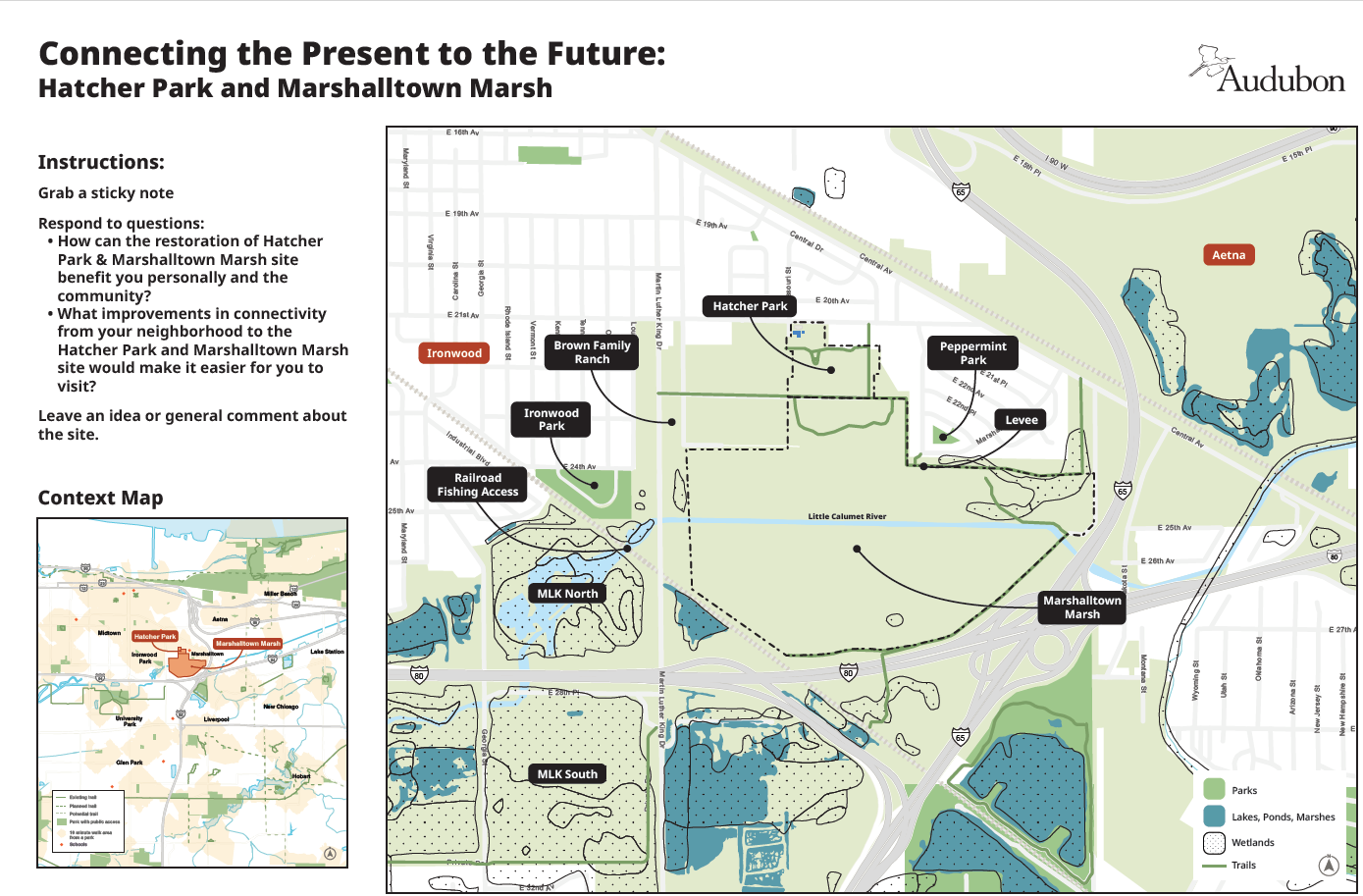
Hatcher Park & Marshalltown Marsh Map. Credit: MUSE. Click here to view a larger version of the map.
Hatcher Park and Marshalltown Marsh, comprising 300 acres, represent one of the largest opportunities to restore habitat, protect against floods, and provide recreational opportunities for residents in Gary, Indiana.
Audubon Great Lakes secured funding to begin an engineering and design process around Hatcher Park and Marshalltown Marsh. From 2023 to 2025, Audubon and partnering organizations will be engaging Gary residents to help envision the future of both sites.
The goals of the restoration project are to create access and recreational opportunities to residents, create and improve wetland habitats of the Little Calumet River, remove invasive species, and reintroduce native species to make Gary more resilient in the face of pollution and climate change.
Neighbors may notice that trees and shrubs are being cut down, and certain plant species are being hand-pulled or treated with herbicide. All of these actions are being performed under the supervision of ecological experts.
Over time, we envision Hatcher Park and Marshalltown Marsh as a gateway to the myriad habitats and levee trail connecting over five miles of prairies, woodlands, and wetlands along the Little Calumet River.
Hotspot for Birds and People
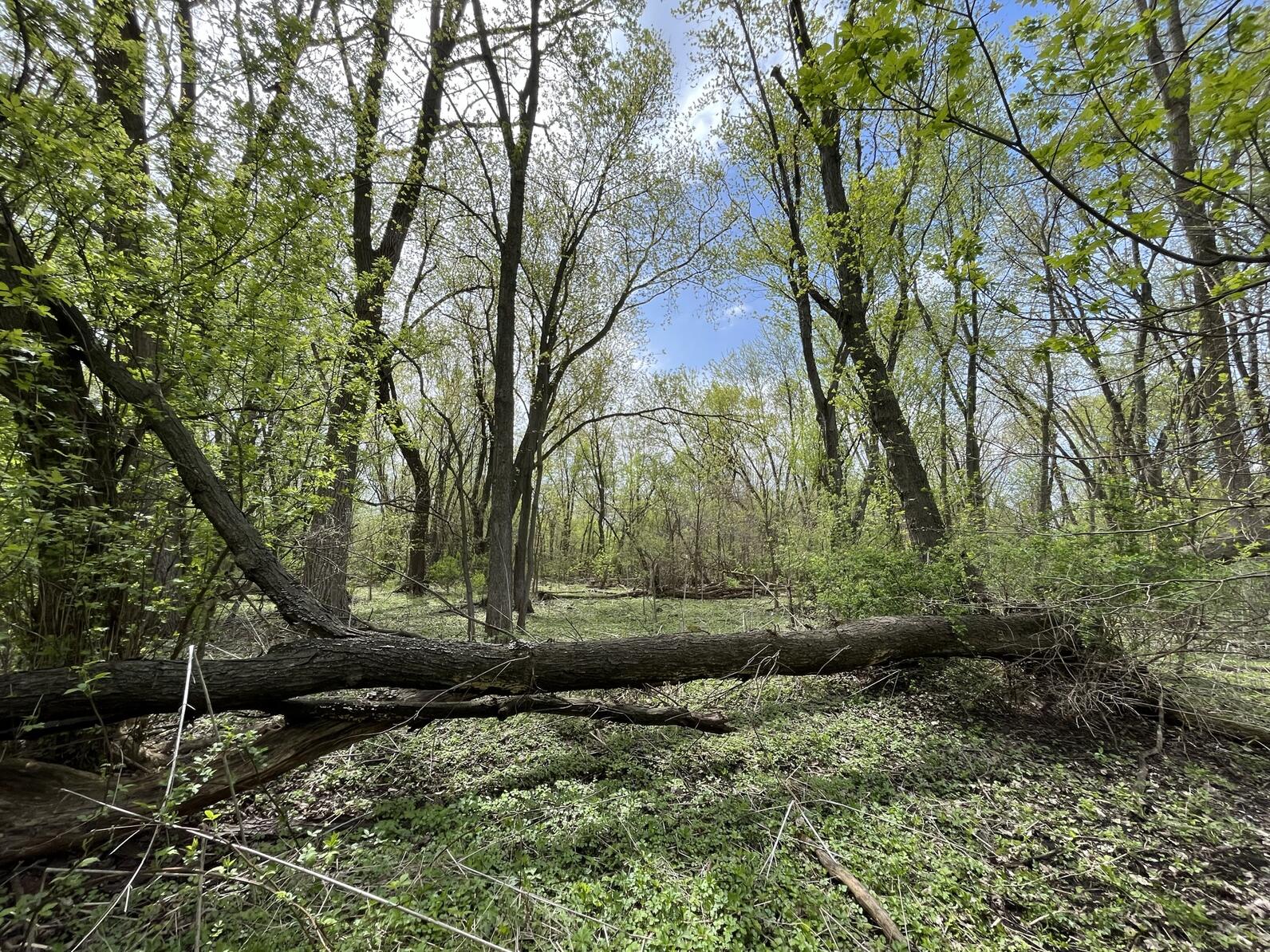
Hatcher Park, named after Gary’s first African American Mayor, Richard Gordon Hatcher, is a treasure to the community and holds historical value despite the environmental degradation it has experienced over time. It contains a mix of habitats including woodland, savanna, and wet prairie and serves as excellent migratory stopover habitat for birds that migrate through Gary every spring and fall.
Marshalltown Marsh is 280-acres of degraded floodplain that also contains some marginal agricultural fields. The Little Calumet River runs in an unnatural straight line through the site, which prevents high-quality wetland and marsh habitat from being established.
These sites also fall within the Calumet priority region, which has been identified by Audubon scientists as one of the 12 most important coastal wetland regions across the Great Lakes that are most valuable to conserve or restore for vulnerable marsh birds. Audubon Great Lakes is working with partners in each of these priority regions to coordinate landscape-scale bird monitoring and habitat restoration.
Through this project, Audubon Great Lakes and partners are hoping to provide Gary residents with a win-win for birds and people. By restoring Hatcher Park and Marshalltown Marsh, we can change the narrative around Gary and emphasize the notion that healthy nature leads to healthy human communities, clean air and water.
To ensure this happens, we hope that residents across Gary and Northwest Indiana provide input and support the ongoing work at these important sites, which will serve as symbols of a new paradigm in Gary, focused on improving the health of its residents and green spaces.
Community Engagement
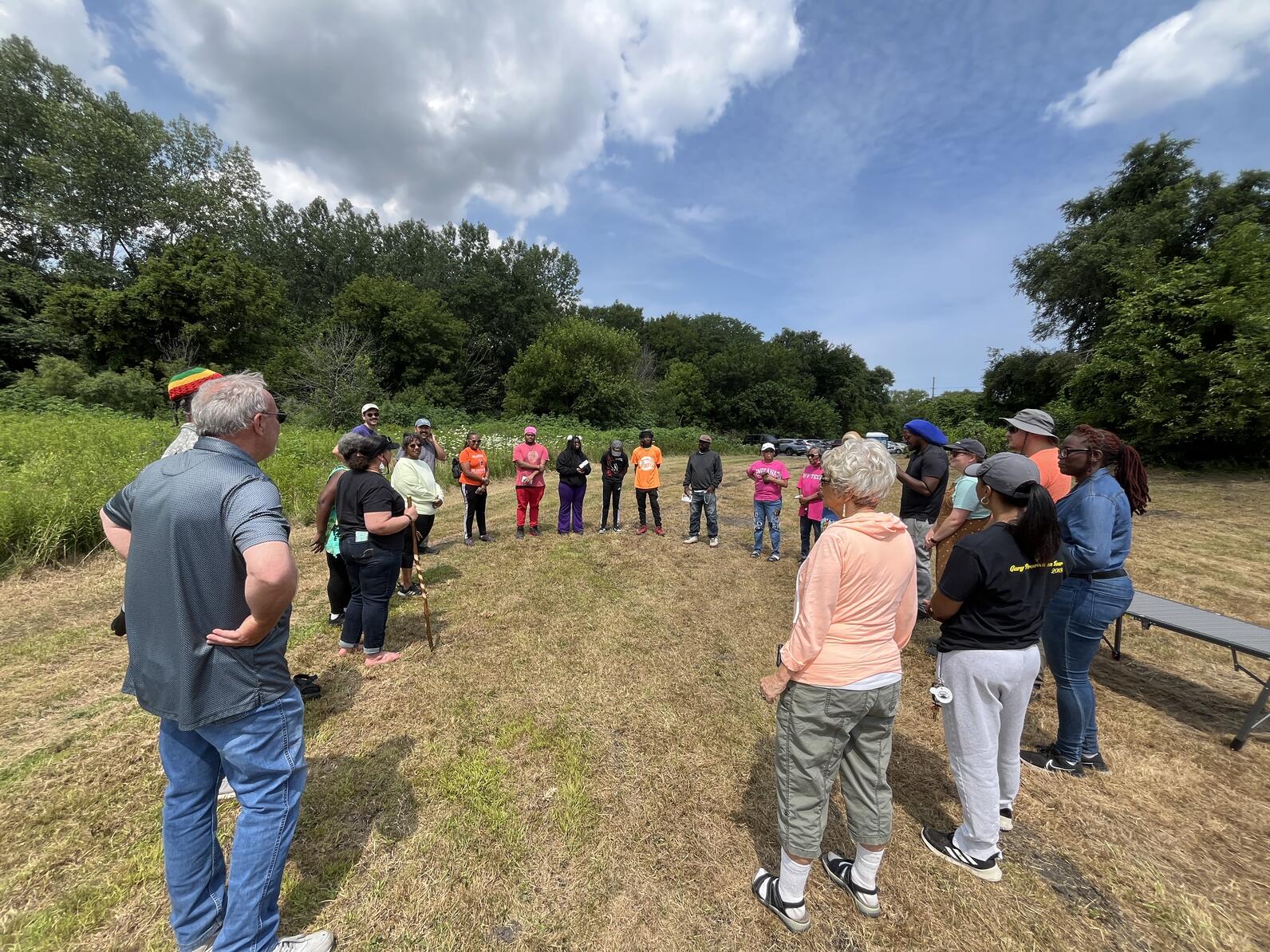
Community engagement has already begun and will be emphasized throughout this process to ensure that Gary residents’ voices are heard and that their ideas are incorporated into final designs at the sites. Workshops and surveys will be developed and distributed at events held at Hatcher Park and other Gary public events.
Are you a Gary resident? If so, we want to hear from you! Take our survey.
Background and History
Audubon Great Lakes has been working across more than 400 acres of the West Branch of the Little Calumet River for over five years, as part of The Little Calumet River Conservation Collaborative.
Together, work has consisted of monitoring secretive marsh birds, restoring marsh habitat, informing land management practices, and engaging Northwest Indiana residents in stewardship and educational activities.
The Gary area is home to many wetlands, some of which are degraded and in need of human intervention to ensure that their key ecological functions like flood prevention and water filtration remain intact.
Partnership and Collaboration
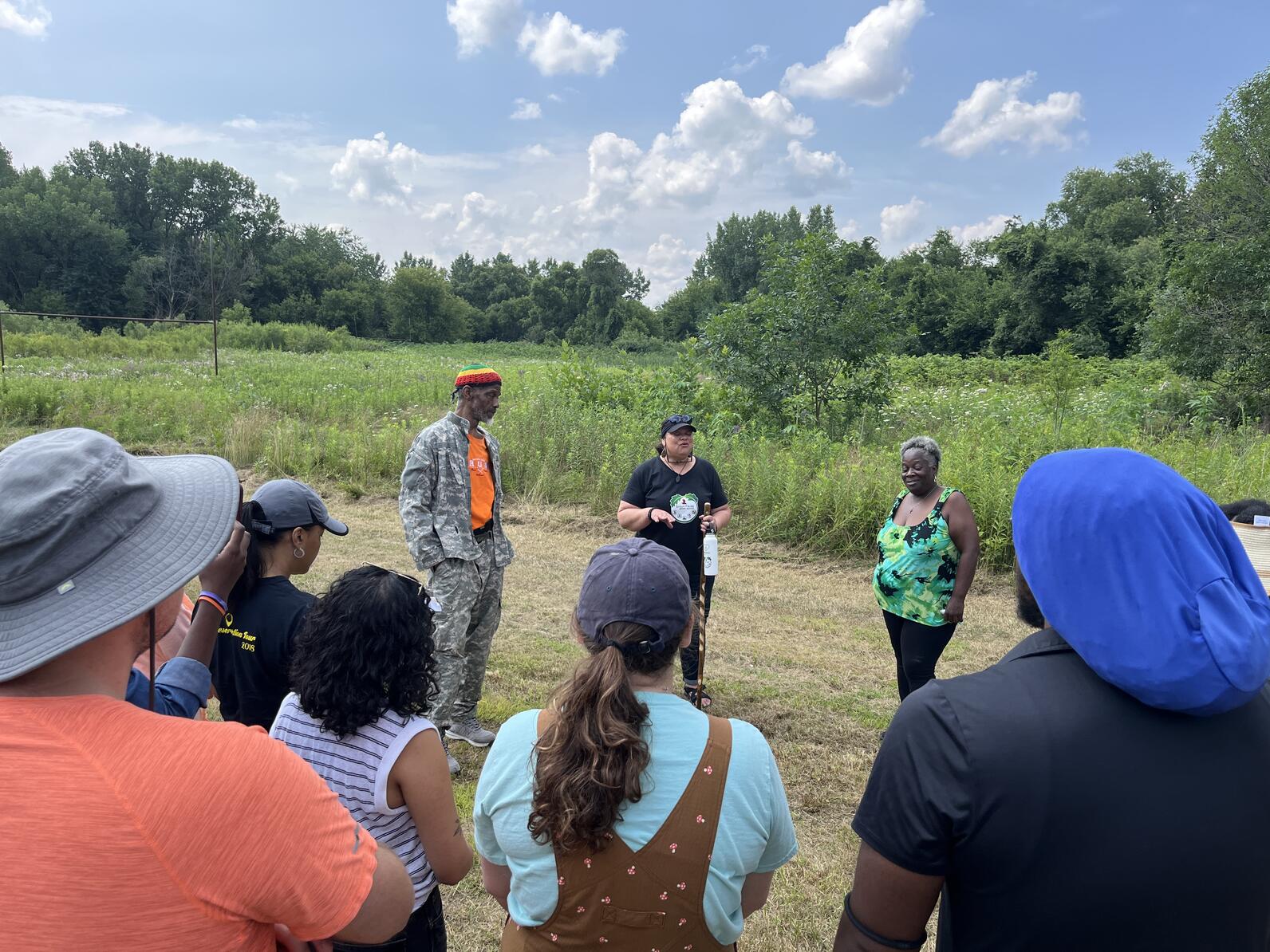
Planning, monitoring, restoration, and engagement efforts for this project involve a diverse group of partners, including: Audubon Great Lakes’ Wild Indigo Nature Explorations Program, Brown Faces Green Spaces, NOAA – National Oceanic and Atmospheric Administration, and The Little Calumet River Conservation Collaborative which consists of Audubon Great Lakes, The Wetlands Initiative, The Nature Conservancy, Lake County Parks, Little Calumet River Basin Development Commission, City of Gary, City of Gary Parks & Recreation, and Northern Indiana Public Service Company.
Funding and Support
This project is funded by National Oceanic and Atmospheric Administration (NOAA).
Related
Audubon Great Lakes and Partners Recognized for Work Together to Restore and Conserve the Calumet Region
Calumet Land Conservation Partnership Receives a Chicago Wilderness Alliance Force of Nature Award
Restoring 10 Miles of the Little Calumet River
Wetland restoration projects taking place at four sites along the Little Calumet River in Northwest Indiana.
Audubon and Partners Launch Community-driven Climate Projects in Three States
New funding will support birds and underserved communities in Indiana, North Carolina, and South Carolina.
What One Indiana Community Can Tell Us About Wetlands Loss
New GIS map of the Cicero Creek watershed details water storage loss and flood risk, urgent need for wetlands protections
Audubon flocks to Indiana Statehouse for Audubon Great Lakes Advocacy Day, calls for wetlands protections
Hoosiers urge policy makers to protect wildlife and wetlands
Ways You Can Help
Join A Chapter
Audubon chapters create a culture of conservation in local communities through education and advocacy, focusing on the conservation of birds and conservation of important habitats.
Donate to Audubon
Help secure the future for birds at risk from climate change, habitat loss and other threats. Your support will power our science, education, advocacy and on-the-ground conservation efforts.

